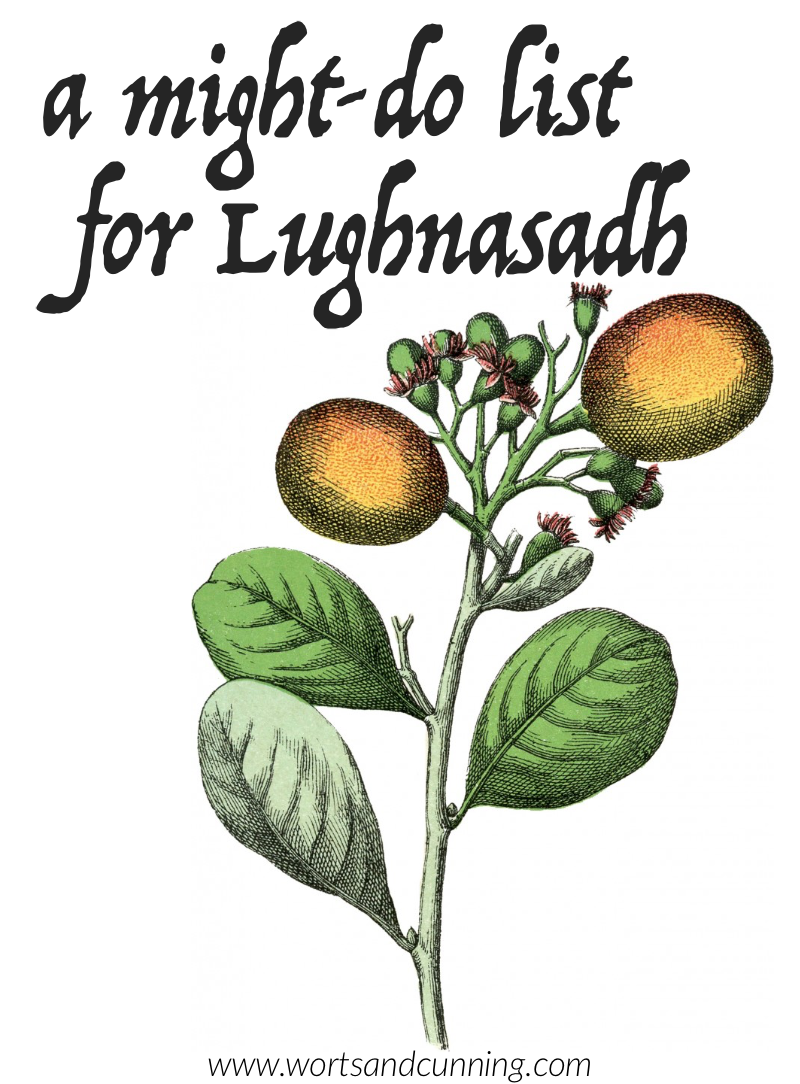There Are Only Our Ancestors
There are only our ancestors
There are no others on the tree of life
Only uncles and aunties and cousins and old folks
The ones we wish were at the table with us
And the ones who pushed us away from home
There are only our ancestors
No other ancestors but our own ancestors
Invaded the lands of our ancestors
Silenced the stories of our ancestors
And then our ancestors wrote those stories down in big books
(poorly and without all the good parts)
In words our ancestors couldn’t read
There are only our ancestors
And it has only ever been our ancestors
Who killed our ancestors
And our ancestors who smashed the temple stones
Of our ancestors
Who salted our fields
Who stole our children
Who escaped and returned home
Through the help of our ancestors
There are only our ancestors
Who taught us how to forgive
Only our ancestors who taught us how to hate
Who taught us when to look away
And when to stare our ancestors in the face
And see our ancestors looking back
There are only our ancestors
Who tore down the mangroves
And it was only our ancestors who replanted them
Only our ancestors who fought for us
To live and breathe in a world familiar and unknown
There are only our ancestors
And there are only our descendants
No one else will fill up the hills but us
And we’ll only find our ancestors there
Because there is no other
There never has been, never will
There are only our ancestors
How strange for us to forget
How beautiful for us to remember




















